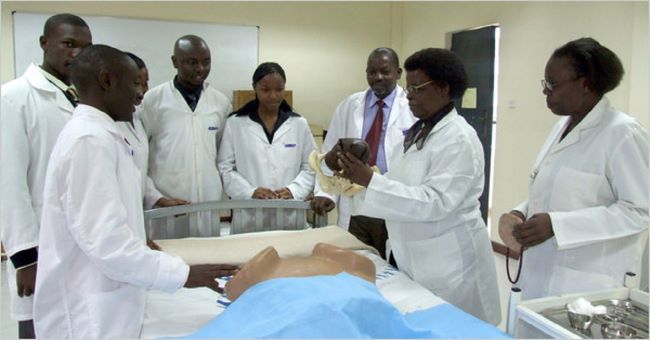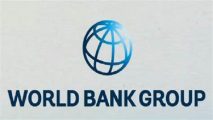Privacy Overview
This website uses cookies so that we can provide you with the best user experience possible. Cookie information is stored in your browser and performs functions such as recognising you when you return to our website and helping our team to understand which sections of the website you find most interesting and useful.


















1, May 2021
Biya regime humanitarian dashboard (January to December 2020) 0
Cameroon continues to be affected by three concurrent, complex humanitarian situations caused by the conflict and violence in the Far North region, hostilities in the North-West and South-West regions, and the presence of over 293,000 refugees from the Central African Republic (CAR) in the eastern regions (East, Adamawa and North). Humanitarian needs are compounded by structural development weaknesses and chronic vulnerabilities that further challenge the long-term recovery of affected people. The preexisting situation has been aggravated by the COVID-19 pandemic.
Over 3.9 million people were estimated to be in need in 2020 before the COVID-19 outbreak – a number which rose to 6.2 million due to the impact of the epidemic.
As of 31 December 2020, almost 2 million people were displaced within Cameroon, either as internally displaced persons, refugees or returnees.
The number of displaced persons in the Far North is steadily increasing mainly due to the armed conflict. As of December 2020, over 560,000 people were forced to leave their homes. Displacements in the Far North often take place in anticipation of attacks, allowing the population to carry a minimum of goods, and sometimes food stock, with them.
These internal displacements are characterized by their short distances: more than 80 per cent of the IDPs find refuge in a locality within their division of origin. Furthermore, daily pendular displacements are also reported in areas affected by conflict. Due to insecurity, families work in their fields during the day, but leave their villages at nightfall to sleep in the mountains or nearby villages.
Heavy rain and flooding in the Far North aggravated the impact of armed violence and exacerbated existing food insecurity and poverty, especially affecting destitute households and persons displaced from previous emergencies. While the region is flood prone and some degree of flooding occurs annually due to the Logone river overflowing, in 2020 the scale was more severe. In September 2020, heavy rains impacted lowland locations, pushing people to leave their villages to less affected areas, especially in the Logone et Chari and Mayo-Danay divisions. Houses and farmland were damaged or destroyed and many roads rendered impassable, isolating villages, making it difficult to assess damages and needs and to provide assistance. The situation further deteriorated in November 2020 as downstream areas closer to Lake Chad became more impacted. Overall, this flooding affected over 162,000 people, in comparison to 80,000 in 2019, causing substantial loss of livelihoods (loss of over 3,200 animals and the destruction of 19,676 hectares of farmland).
A multi-sectoral needs assessment which was carried out in the Far North in December 2020 found that food is the priority need for the displaced population as well as for the host community, followed by access to drinking water and health for the host community and shelter for the displaced population.
As of December 2020, the crisis in the North-West and South-West led to the displacement of over 1.1 million people, including almost 706,000 IDPs, 361,000 returnees and 64,000 people who fled to Nigeria. People continue to move within the two regions and to other regions, some being displaced by violence several times. Temporary displacements continue to be recorded as civilians flee for safety. 11,479 sudden internal displacements were reported in the North-West and South-West due to ongoing violence from October to December 2020. Most displaced individuals intend to go back to their locations of origin once the situation would allow them to. Protection continues to be a major humanitarian concern in the two regions.
Since the reopening of schools on 5 October 2020, after a months-long period of school closure due to COVID-19 restrictions, a noticeable increase in school enrolment rates was followed by a spike in attacks against education. From October to December, 35 attacks against education were recorded in the North-West and South-West regions. This figure almost certainly underestimates the real impact, as some incidents may not have been reported. Major incidents took place in Meme (SW), Fako (SW), Mezam (NW), Bui (NW), and Boyo (NW) divisions, with the Kumba massacre on 24 October 2020 being the most violent incident. Major incidents included cases of killing, torture and abduction of students and teachers, as well as arson of education facilities.
The number of Central African refugees located in the eastern regions of Cameroon, has increased from 284,000 in September to 293,000 in December 2020. 70 per cent of these refugees have no formal education and 47 per cent are without employment. 27 per cent live in formal sites while 73 per cent stay with host communities. Mounting tension and hostilities before, during and after the 27 December 2020 Presidential elections in the Central African Republic led to an anew flight of Central Africans to Cameroon.
UN Office for the Coordination of Humanitarian Affairs